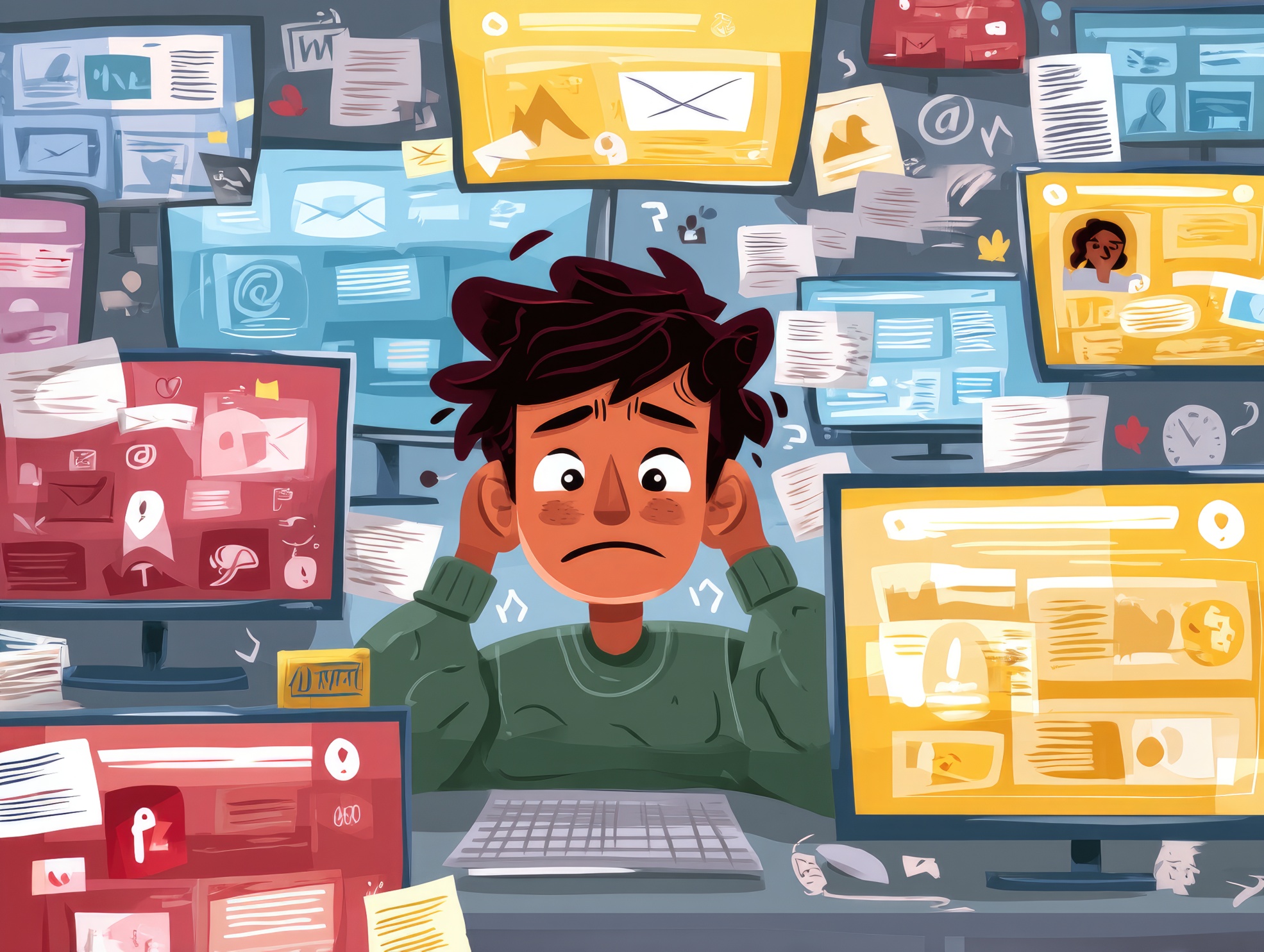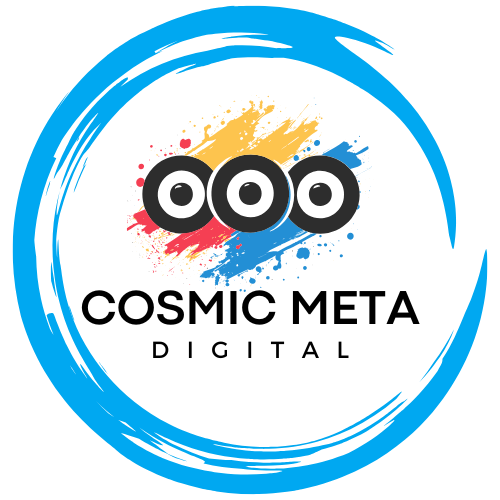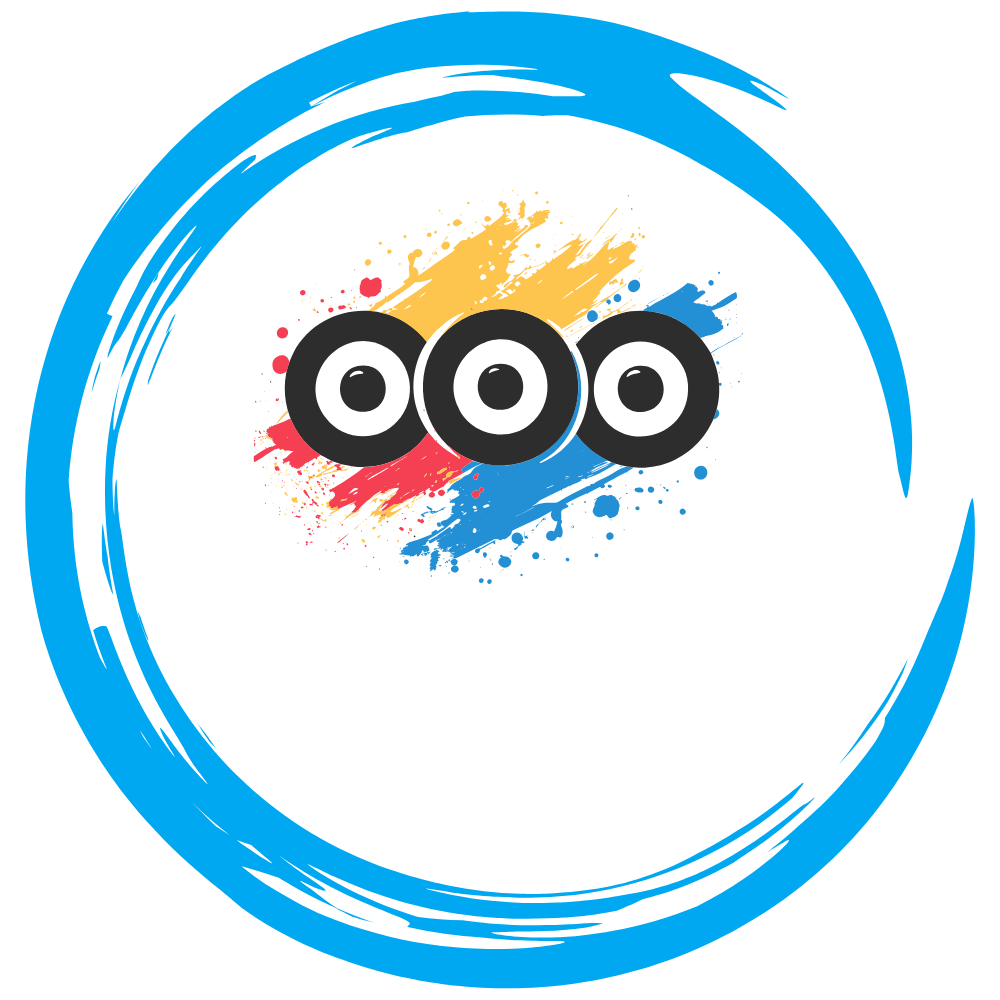In an age where smartphones act as alarm clocks, news feeds, entertainment centers, and workstations, the idea of unplugging can seem nearly impossible. We’re constantly connected, bombarded with notifications, and expected to be online at all hours. This state of hyperconnectivity has reshaped our routines, relationships, and even our brains. While the benefits of technology are undeniable, so too are the downsides—burnout, screen addiction, poor sleep, and a shrinking attention span.
This is where a digital detox comes into play. A digital detox is a conscious decision to step away from screens and digital communication tools, whether for an hour, a day, or a full weekend. It’s a chance to reset, recharge, and rediscover balance in a tech-heavy world.
In this guide, we’ll explore why digital detoxing is vital, how to recognize when it’s needed, and practical steps to help you unplug without feeling overwhelmed. We’ll also share tips for maintaining balance after your detox, so your relationship with technology becomes more intentional and less reactive.
Why We Need a Digital Detox
Our devices are designed to be addictive. Social media algorithms, app notifications, and endless streaming services are engineered to keep us engaged. The average person now spends nearly seven hours daily on screens, according to DataReportal’s 2023 Global Overview.
This overexposure has serious consequences. Harvard Health links prolonged screen time to poor sleep, disrupted circadian rhythms, and decreased focus. Similarly, the American Psychological Association highlights the connection between excessive tech use and rising anxiety and depression, especially among young adults.

A digital detox is more than just a break from your phone—it’s a way to give your mind and body a rest. It promotes mindfulness, restores your ability to focus, improves sleep quality, and helps you reconnect with people and activities you love.
Signs You May Need a Digital Detox
Not sure if it’s time to unplug? These signs suggest your digital habits may need a reset:
- You instinctively check your phone without reason.
- You feel anxious or uneasy when disconnected.
- You frequently lose track of time while online.
- You struggle to concentrate on tasks without digital distractions.
- You’re sleeping poorly or feeling mentally drained.
- Your relationships are suffering due to screen-induced disengagement.
If these sound familiar, your mind is likely signaling the need for a break.
How to Start Your Digital Detox
1. Set a Clear Intention
Why are you detoxing? To sleep better? Focus more? Reconnect with family? Define your goals clearly. Writing them down can reinforce your commitment.
2. Start Small
Begin with manageable time blocks. Try phone-free mornings, social media-free evenings, or screen-free meals. Build from there.
3. Create Tech-Free Zones
Designate areas like your bedroom or dining space as tech-free. These boundaries help condition your brain to disconnect in those environments.
4. Use Tech to Manage Tech
Tools like Freedom, Forest, and StayFocusd can help limit access to time-wasting apps and websites.
5. Turn Off Notifications
Disable non-essential alerts. The fewer interruptions, the easier it is to focus and reduce stress.
6. Fill the Gap with Real-Life Activities
Replace screen time with activities like reading, exercising, cooking, or journaling. These help satisfy your need for stimulation without a screen.
7. Let Others Know
Inform friends, family, or coworkers about your detox. It reduces pressure to respond instantly and can inspire them to join you.
8. Try a Digital Sabbath
Pick one day a week to unplug completely. Use the time to reset and engage with the world around you.
9. Journal Your Progress
Track how you feel before, during, and after your detox. Noting improvements in mood, energy, and focus can motivate continued progress.

Maintaining Balance After Your Detox
Staying unplugged permanently isn’t the goal—rebuilding a healthier digital relationship is. These habits can help:
- Use Tracking Tools: Platforms like Apple Screen Time and Google Digital Wellbeing let you monitor usage and set limits.
- Establish Tech Curfews: Avoid screens at least one hour before bed to improve sleep.
- Morning Mindfulness: Begin your day device-free—journal, meditate, or stretch instead.
- Declutter Your Apps: Uninstall unused or distracting apps to reduce digital noise.
- Curate Your Feeds: Follow accounts that inspire or inform you, and mute the rest.
- Use ‘Do Not Disturb’ Modes: Schedule uninterrupted time for work or rest.
- Plan Regular Detox Breaks: Schedule screen-free weekends or hours each month.
Conclusion
Taking time away from technology isn’t about deprivation—it’s about rediscovery. A digital detox gives you the clarity, calm, and connection that daily digital life often erodes.
Even a short break can boost your mood, sleep, and creativity. With clear goals and mindful routines, you’ll begin to use technology as a tool—rather than letting it use you.
Start with small steps, commit to consistency, and embrace the benefits of unplugging. In a world that’s always on, choosing to turn off might be the most empowering thing you do.
Further Reading and Tools:
- Digital Minimalism by Cal Newport
- Center for Humane Technology
- Time Well Spent
- The Social Dilemma Documentary
- How to Break Up with Your Phone by Catherine Price



